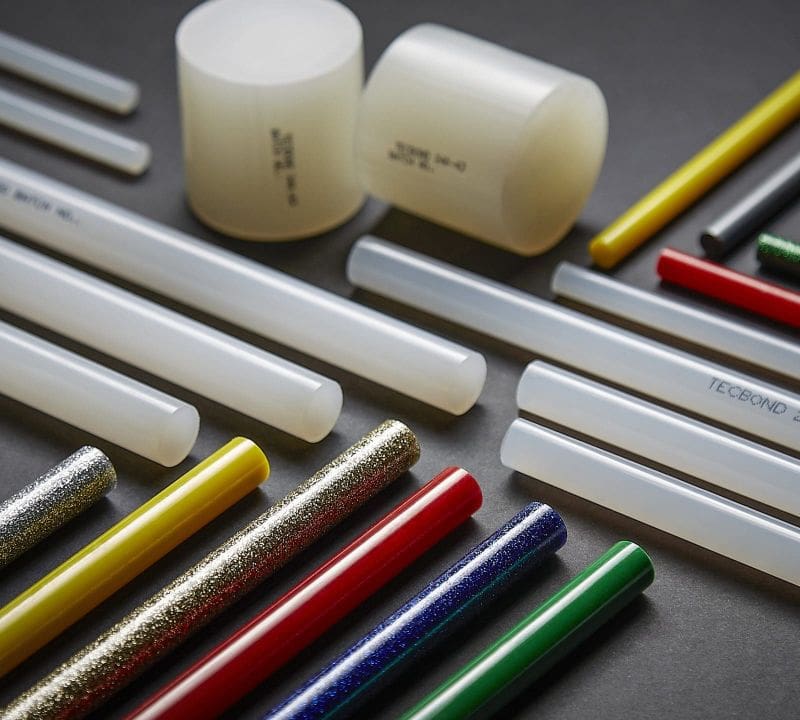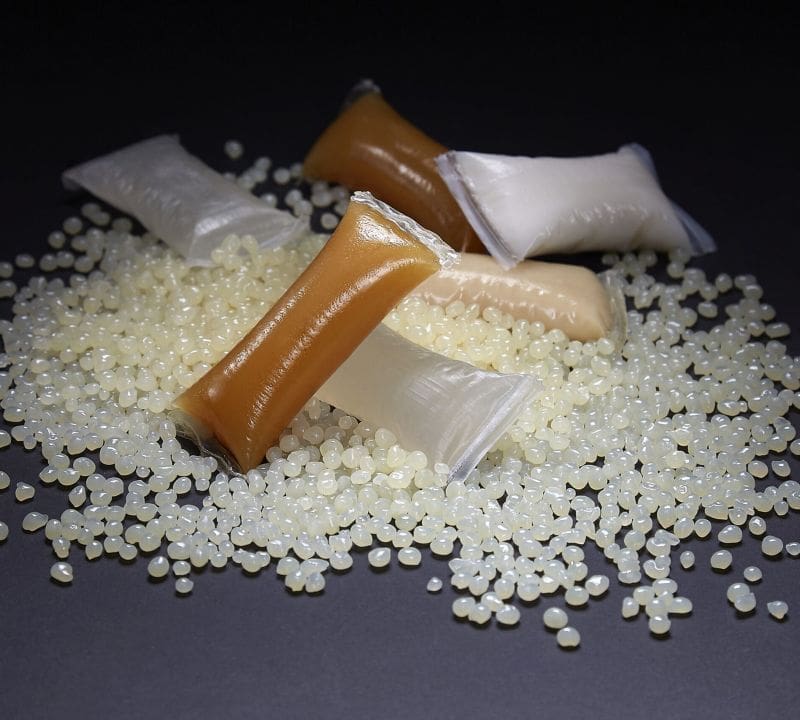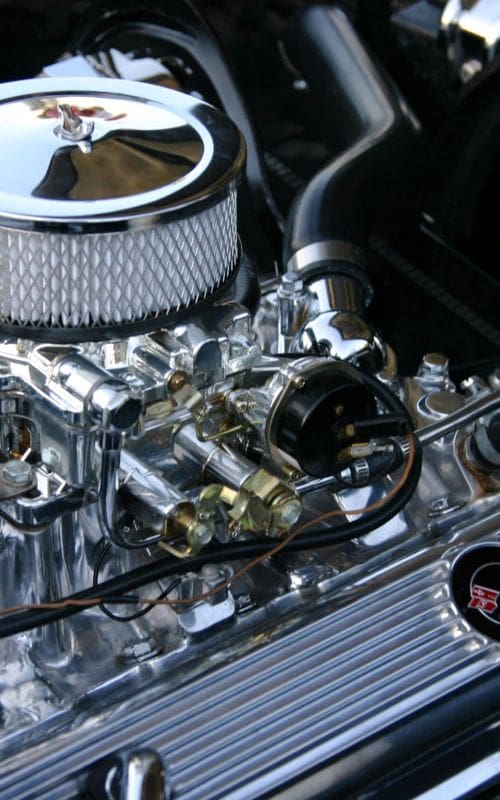Will your packaging meet the compostability mandates in 2027?
By mid-2027, the EU’s Packaging and Packaging Waste Regulation (PPWR) will reshape the European packaging landscape. Among its most significant changes is the requirement for certain packaging formats to be compostable, forcing converters and brand owners to reassess the materials, including adhesives, they use every day.
What the 2027 compostability mandate means
The PPWR will make compostability mandatory for specific packaging categories that are contaminated with organic waste or intended to be processed through bio-waste collection systems. This includes:
- Tea bags and coffee pods or capsules
- Sticky labels on fruit and vegetables
- Lightweight plastic carrier bags
- Certain food-contact packaging, such as fibre-based trays, wraps, and films used for fresh produce or ready meals
For converters working with these formats, this means one thing and that is every component, from films and coatings to inks and adhesives, must be proven compostable in accordance with EN 13432 or ASTM D6400.
The adhesive connection
Adhesives may account for a small proportion of total packaging weight, but under EN 13432’s “1% rule”, any component exceeding 1% of a pack’s dry weight must be individually certified as compostable. Even below that, adhesives count towards the total 5% cap on non-compostable content.
In practice, this means that using a standard hot melt adhesive could jeopardise a pack’s compostability claim, even if the rest of the materials comply. For converters, it is not enough to specify a biodegradable substrate; the adhesive must match the pack’s intended end-of-life.
What converters should be doing now
The 2027 deadline may seem distant, but certification takes time, particularly for complex or multi-material packs. Converters should begin preparing by:
- Auditing existing adhesive use: Identify which products are used across compostable or bio-based packs and determine whether they hold recognised certification (EN 13432 or ASTM D6400).
- Engaging with suppliers: Request compliance documentation and evidence of biodegradability and disintegration testing.
- Testing for compatibility: Evaluate whether certified biodegradable adhesives deliver the required performance for sealing, tray assembly, or labelling without affecting throughput or bond strength.
- Designing for recovery: Ensure all components align to the same recovery route — composting, recycling, or mechanical separation.
Converters adopting certified biodegradable hot melts, such as Power Adhesives’ Tecbond range, can move faster and with greater confidence towards compliance. These adhesives are engineered to maintain performance through use, then safely biodegrade under industrial composting conditions without leaving microplastics behind.
The cost of inaction
Failing to prepare could result in non-compliant packaging that cannot legally be placed on the EU market after 2027. Beyond fines or redesign costs, there is also the reputational risk: brands caught out by “greenwashing” or invalid claims face public and commercial scrutiny.
As more retailers and manufacturers align with PPWR timelines, converters that have already tested, validated, and certified their packaging will be at a competitive advantage. Adhesives are not just a technical consideration, they are a compliance-critical material in the journey toward circular packaging. Now is the time to evaluate, test, and prepare because when 2027 arrives, only packaging proven to be compostable will make the cut.



























Leave a Reply